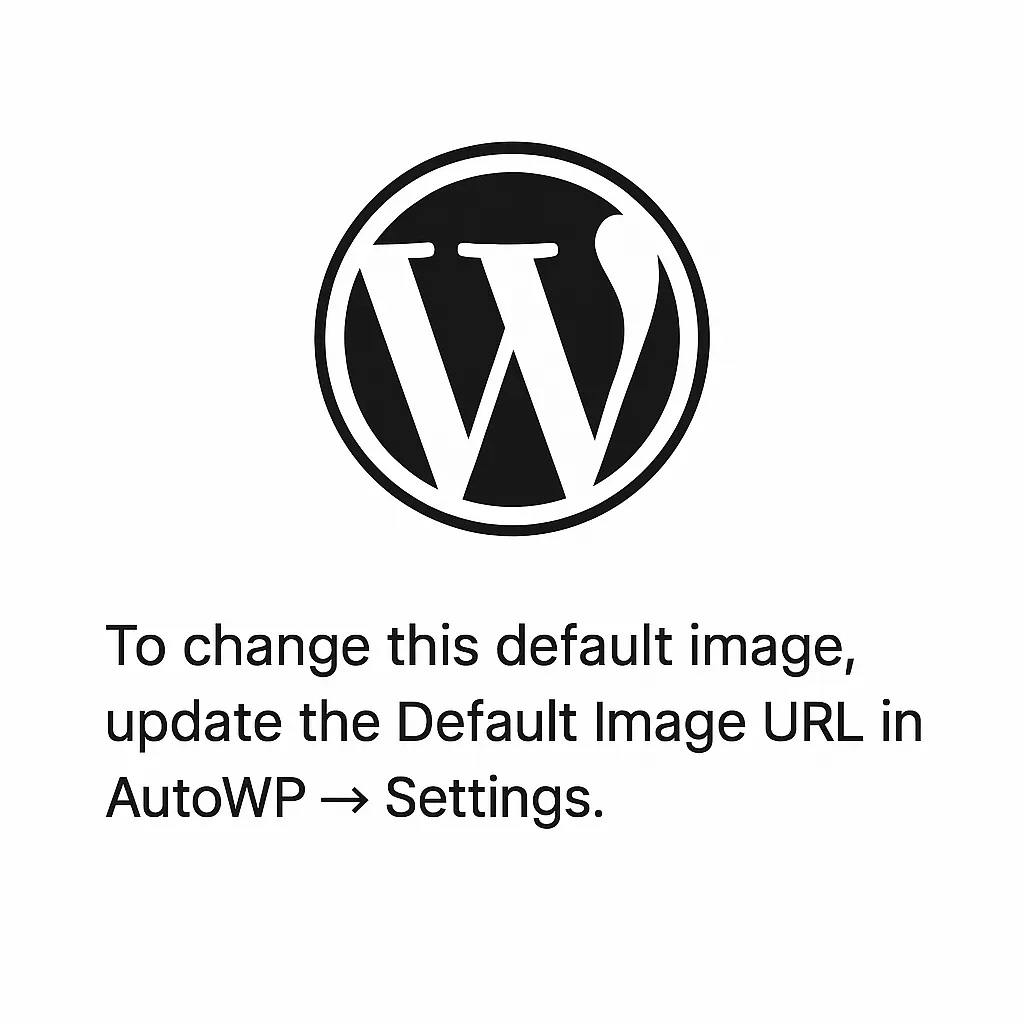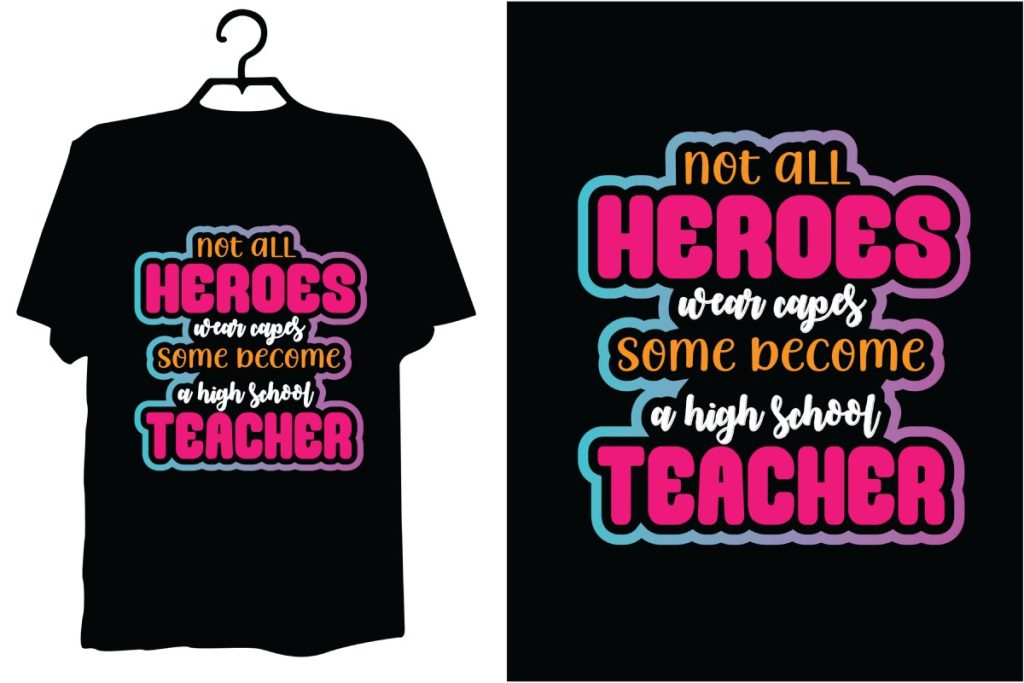DTF gangsheet builder technology is changing how shops approach high-volume print runs. By consolidating multiple designs onto a single sheet, it dramatically cuts setup time, reduces material waste, and preserves output quality. If you’re optimizing your DTF workflow, you’ll hear guidance through terms like DTF gang sheet, gang sheet printing, and DTF printing tips, all aimed at helping you save time. A master template with a consistent grid, standardized margins, and automated bleed and safe areas is at the heart of this efficiency, letting you drop in new artwork and export with confidence. In short, adopting a disciplined, template-driven approach to your projects helps you finish faster and deliver consistent, high-quality results.
Viewed through an alternative lens, this concept is a gang sheet optimization approach that batches designs for a single pass. Think of it as a master layout that streamlines spacing, color management, and placement across many prints. In LSI style, related phrases like batch printing, sheet layout efficiency, color separation planning, and production workflow are connected to the same core idea. Rather than a product feature alone, it’s a repeatable method that scales from one-off projects to high-volume runs. Understanding these terms helps readers discover practical steps for faster turnaround and better consistency in DTF operations.
1. DTF gangsheet builder: A Core Element of Efficient Gang Sheet Printing
In the world of DTF printing, the DTF gangsheet builder serves as the backbone of an efficient gang sheet printing workflow. By centralizing template creation, grid definitions, and alignment rules, this tool minimizes guesswork and accelerates setup time. With a well-tuned builder, you can rapidly generate multiple sheets from a single master layout, ensuring consistency across designs, margins, and print areas. This focus on structure directly supports the broader goal of saving time while maintaining print quality.
As you optimize your DTF workflow, the gangsheet builder becomes a repeatable process driver. It enables you to store master templates, batch-export ready sheets, and maintain uniform bleed and safe areas across jobs. The result is a smoother production line where DTF gang sheet and gang sheet printing practices are predictable, scalable, and aligned with your “save time” objectives and DTF printing tips.
2. Standardizing Margins, Bleed, and Safe Areas for a Faster DTF Workflow
Consistency in margins, bleed, and safe areas is more than aesthetics—it’s a direct driver of speed and accuracy in DTF printing. Standardized margins prevent misalignment during heat transfer and reduce the need for last-minute layout tweaks. By locking a uniform bleed value and safe-area margins in your DTF gangsheet builder, you minimize rework and expedite approvals from clients.
When you standardize these parameters, you create a predictable print environment that improves the reliability of gang sheet printing. This approach supports faster turnarounds, cleaner proofs, and a smoother DTF workflow, all while keeping print results consistent across different garments and colorways.
3. Color Management and Print-Ready Settings for Consistent DTF Printing Tips
Color management is essential for reliable results and faster production. By embedding color profiles, correct build layers, and tuned cure times into your DTF gangsheet builder presets, you reduce the need for repeated color adjustments. This aligns with practical DTF printing tips and helps ensure each sheet maintains accurate hues and contrasts, regardless of batch size.
Having print-ready settings preloaded into your workflow minimizes reprints and accelerates handoffs between design, prepress, and production. The connection between color management, cartridge usage, and nozzle checks becomes a seamless part of your DTF workflow, delivering consistent results across multiple gang sheets.
4. Build and Reuse Artwork Blocks for Efficiency
A powerful time-saver is creating reusable artwork blocks—modular design elements you can combine in different ways. In your gangsheet builder, develop blocks for commonly used motifs, typography treatments, and colorways. This approach lets you assemble new sheet layouts quickly by snapping in blocks that fit the current concept, reducing repetitive design work and preserving consistency across your DTF gang sheet.
Reusing artwork blocks accelerates decision-making and minimizes the risk of drift in style or spacing. For high-volume DTF printing, this strategy complements gang sheet printing workflows by delivering predictable results panel after panel, while still allowing room for customization when needed, all contributing to a faster, more efficient DTF workflow.
5. Batch Processing: Grouping Designs by Theme to Maximize Output
Batch processing designs by theme or colorway is a proven time-saver. Instead of handling designs sequentially, group related designs onto one or a few gang sheets. This reduces the number of file exports, cuts down on setup changes, and streamlines post-processing—benefiting the overall DTF workflow.
Grouping designs also improves consistency in DTF printing tips because related designs share color palettes, placements, and clear areas. The batch approach maximizes output per hour on the gang sheet printer and keeps the production line moving smoothly from design approval to finished garment.
6. Automation, Preview, and QA: The Final Steps in a Smooth DTF Workflow
Automation is a time-saving ally in DTF printing. Use your gangsheet builder to automate repetitive tasks like applying bleed, safe-area padding, and alignment marks across all panels. Automated checks reduce human error, speed up the move from design to print, and strengthen the efficiency of your DTF workflow.
A rigorous preview, proof, and QA process ensures that issues are caught before printing. By validating layout, color separations, margins, and marks, you prevent costly reprints and wasted time. This disciplined QA routine is a cornerstone of reliable gang sheet printing and helps maintain high-quality outputs across designs while saving time.
Frequently Asked Questions
What is a DTF gangsheet builder and how does it improve gang sheet printing efficiency?
A DTF gangsheet builder is a tool to assemble multiple designs on one sheet, using a master template and a consistent grid. It enables saving time by reusing layouts, quickly placing new artwork, and exporting ready-to-print gang sheets. This approach reduces setup time, minimizes misprints, and improves overall gang sheet printing efficiency while maintaining print quality.
How can I standardize margins and bleed in the DTF gangsheet builder to save time during gang sheet printing?
Create a master template with fixed margins, bleed, and safe areas and lock them in the DTF gangsheet builder. This standardization minimizes last-minute adjustments and misprints, speeds approvals, and streamlines each batch in the gang sheet printing workflow.
What color management settings should I configure in the DTF gangsheet builder to achieve consistent results for DTF printing tips?
Embed print-ready color management into the builder: select appropriate color profiles, configure build layers, and set printer presets (nozzle checks, curing times) so most designs ship with correct color. Doing this reduces reprints and keeps results consistent across many DTF sheets—practical DTF printing tips for your workflow.
How can I reuse artwork blocks in the DTF gangsheet builder to speed up production in a gang sheet printing workflow?
Create reusable artwork blocks for common motifs, typography, and colorways, then snap blocks into new sheets. This speeds layout decisions and maintains consistency, which is especially valuable for high-volume gang sheet printing workflows.
What are best practices for garment placement and orientation on the gang sheet in the DTF workflow?
Plan garment placement with templates for small/medium/large sizes, optimize orientation, and consider fold lines and print area constraints. Group designs by theme or size to maximize prints per sheet and reduce waste in your DTF workflow.
How do I automate bleed, safe areas, and panel alignments in the DTF gangsheet builder to save time?
Use the gangsheet builder’s automation to apply standardized bleed, safe-area padding, and alignment marks across panels. Automated checks cut manual edits, help you move from design approval to finished garment faster, and boost overall save time in the DTF workflow.
| Tip | Key Point | Benefit for DTF Gangsheet Builder |
|---|---|---|
| Tip 1 | Save a master grid to fix margins, bleed, gaps, and safe areas across designs. | Faster, more predictable layouts; less guesswork and rework. |
| Tip 2 | Lock in a consistent bleed value and safe area margins for all designs. | Prevents misprints and speeds approvals. |
| Tip 3 | Embed color management and print-ready presets into the gangsheet builder. | Reduces tweaks and reprints, ensuring color consistency. |
| Tip 4 | Create reusable artwork blocks for motifs, typography templates, and colorways. | Speeds up layout assembly and maintains design consistency. |
| Tip 5 | Batch related designs into a single gang sheet session. | Fewer exports and faster turnarounds. |
| Tip 6 | Optimize garment placement and orientation to maximize prints per sheet. | Increases yield and reduces reprints. |
| Tip 7 | Automate bleed, safe areas, and panel alignments. | Reduces errors and speeds up processing. |
| Tip 8 | Preview, proof, and validate before printing. | Prevents costly reprints and waste. |
| Tip 9 | Implement batch labels, file naming, and organized file structure. | Facilitates handoffs and easy re-runs. |
| Tip 10 | Establish a quick QA checklist and standard operating procedures. | Sustains quality and speeds production. |
Summary
DTF gangsheet builder is a disciplined, repeatable workflow that scales with your business. By applying the ten tips—starting with a master template, standardizing margins and bleed, managing color, reusing artwork blocks, batching designs, optimizing garment placement, automating repetitive tasks, validating with previews, organizing files, and enforcing a concise QA process—you’ll accelerate your DTF printing workflow, reduce waste, and increase production speed while preserving high print quality. This approach leads to faster time-to-market for designs, better utilization of your gang sheet printer, and consistently reliable results that delight clients.



